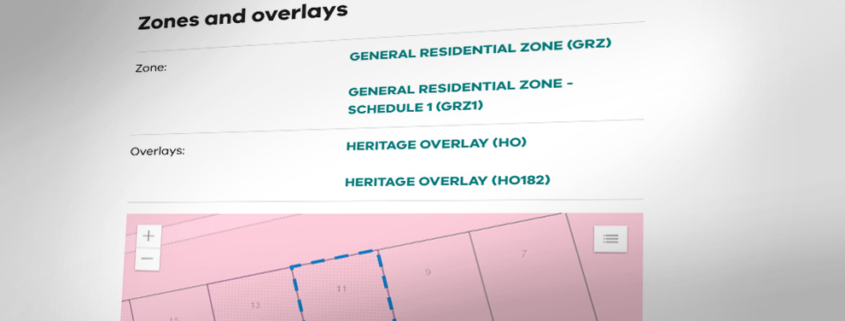What do I need to be aware of when my clients Section 32 mentions a planning overlay?
Welcome to the “Frequently Asked Planning Questions: Conveyancers and Solicitors Edition” blog series, where we dive into those often-tricky planning questions that come up when we’re working with the brilliant Conveyancers and Solicitors we partner with.
Here at AS Planning, we’re all about teamwork, and we regularly help you and your clients navigate complicated planning matters across Victoria. Ever find yourself scratching your head over a particular planning scenario? You’re definitely not alone! We’ve compiled some of the common questions we encounter that we hope will be a real asset to you and your firm in minimising risk, streamlining property transactions and adding value for your clients.
Engage AS Planning for professional support in navigating planning matters, strategic planning advice, and preparing and lodging applications. Request a quote today.
Example Planning Question:
“The Section 32 for a property my client is purchasing mentions a ‘Heritage Overlay.’ What do I really need to be aware of beyond this simple statement?”
Example Scenario:
Your client is excited to purchase a charming period home in a well-regarded inner-city suburb of Melbourne. The Section 32 clearly states the property is within a Heritage Overlay. Your client envisions making some internal renovations and potentially adding a small rear extension in the future to create more living space for her growing family. As her Conveyancer, you’ve noted the overlay but aren’t entirely sure of the specific implications for your client’s plans.
Planning Perspective Considerations for Heritage Overlays
A Heritage Overlay isn’t just a label; it carries significant weight in the planning process. It means the local Council has identified the property (or the precinct) as having historical, architectural, or social significance. This overlay can impact everything from minor internal alterations to significant extensions or demolitions.
Key Considerations:
- Permit Triggers: Even seemingly small changes might require a planning permit under a Heritage Overlay. This could include alterations to facades, window replacements, painting in certain colours, or even internal works that affect significant heritage fabric.
- Design Guidelines: Councils often have specific design guidelines for properties within Heritage Overlays to ensure any new works are sympathetic to the heritage character. These guidelines can dictate materials, scale, form, and detailing.
- Council Assessment: Applications within Heritage Overlays often undergo a more rigorous assessment process, potentially involving heritage advisors and neighbour notifications. This can lead to longer processing times and a higher likelihood of specific conditions being imposed.
- Future Development Potential: The overlay can significantly restrict the potential for future extensions or redevelopment of the site.
Simply noting the presence of an Overlay in the Section 32 isn’t enough. Understanding the specific controls and their implications for your client’s current and future plans is crucial.
Heritage Overlays, like in this example can be complex. Engage AS Planning today for a clear understanding of the planning implications and comprehensive support from permit application preparation and lodgement, liaising with Council, through to final approvals.




